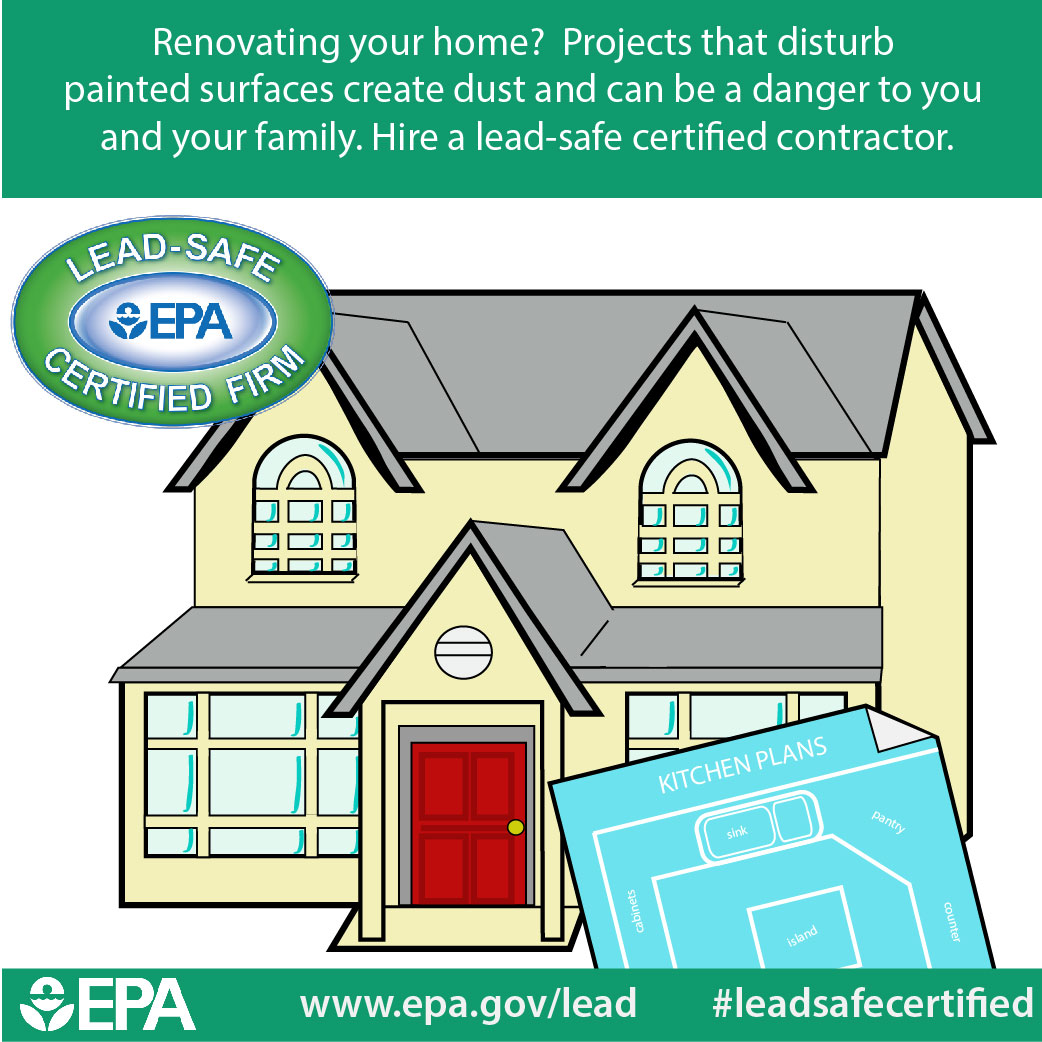Discover How Seasonal Impacts Can Influence The Efficiency Of Business External Painting And Discover One Of The Most Desirable Times To Make Sure Long Lasting Results For Your Project
Discover How Seasonal Impacts Can Influence The Efficiency Of Business External Painting And Discover One Of The Most Desirable Times To Make Sure Long Lasting Results For Your Project
Blog Article
Short Article Produced By-Burnham Rosendal
When you're intending a commercial external paint project, seasonal variables can make or break your outcomes. You'll intend to think about just how temperature level and humidity influence paint application and drying times. Choosing the ideal period can ensure your paint adheres correctly and lasts much longer. Yet which seasons are absolutely the best for this sort of work? Let's explore the crucial elements that can impact your task's success.
The Impact of Temperature Level on Paint Application
When you're preparing an industrial outside paint task, the temperature level can considerably affect how well the paint adheres and dries.
Ideally, should you paint walls and ceiling same color want to repaint when temperatures vary between 50 ° F and 85 ° F. If how long is paint good for in the can 's also cool, the paint might not cure effectively, bring about problems like peeling off or cracking.
On the other side, if it's too hot, the paint can dry as well rapidly, protecting against proper bond and causing an unequal finish.
You need to likewise think about the moment of day; early morning or late afternoon uses cooler temperature levels, which can be more positive.
Constantly check the supplier's recommendations for the details paint you're making use of, as they typically supply guidance on the excellent temperature range for ideal results.
Humidity and Its Result on Drying Times
Temperature isn't the only ecological variable that influences your commercial external painting project; moisture plays a significant role as well. High humidity levels can reduce drying times dramatically, affecting the overall quality of your paint work.
When the air is filled with dampness, the paint takes longer to treat, which can cause issues like poor bond and a greater danger of mildew development. If you're repainting on an especially moist day, be prepared for extended wait times in between coats.
It's important to keep track of neighborhood weather and plan accordingly. Ideally, go for humidity levels between 40% and 70% for optimal drying out.
Keeping these consider mind guarantees your job remains on track and delivers a long-term coating.
Best Seasons for Commercial Outside Paint Projects
What's the very best season for your business exterior paint projects?
Springtime and early loss are usually your best choices. Throughout these periods, temperatures are light, and moisture levels are frequently lower, producing excellent conditions for paint application and drying.
Prevent summer's intense heat, which can create paint to dry too swiftly, leading to bad attachment and coating. Likewise, winter's cool temperatures can hinder appropriate drying and treating, taking the chance of the longevity of your paint job.
Go for days with temperatures in between 50 ° F and 85 ° F for optimum outcomes. Keep in mind to check the local weather forecast for rain, as wet problems can ruin your job.
Planning around these aspects guarantees your painting project runs efficiently and lasts much longer.
Verdict
Finally, intending your business outside paint jobs around seasonal considerations can make a considerable distinction in the outcome. By scheduling job during the ideal temperatures and humidity levels, you'll guarantee far better attachment and drying out times. Bear in mind to keep an eye on neighborhood weather forecasts and pick the correct time of year-- springtime and very early autumn are your best bets. Taking these steps will aid you accomplish a durable and professional finish that lasts.
